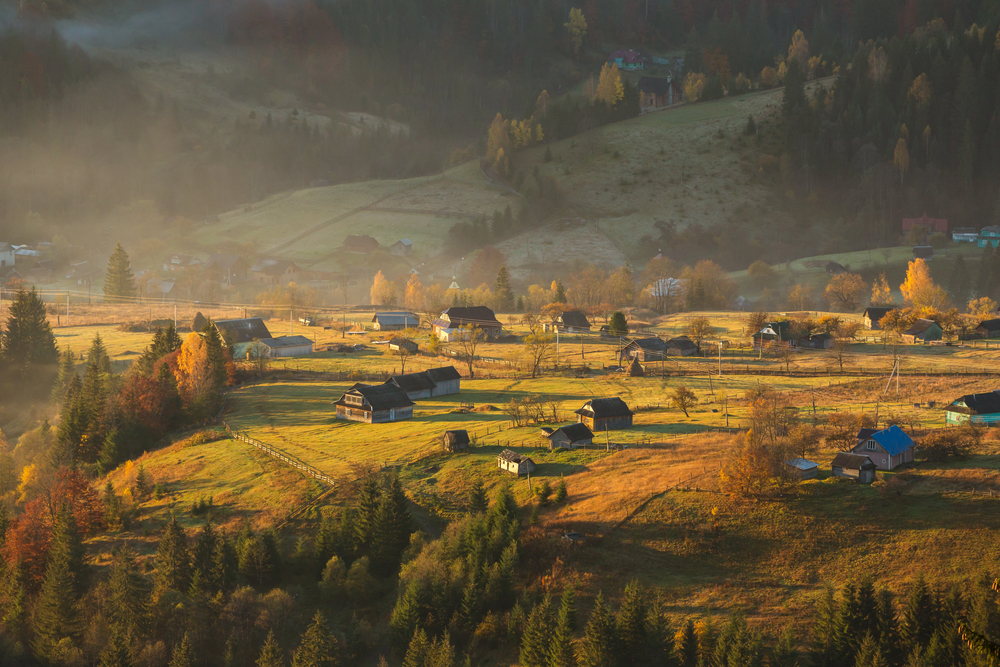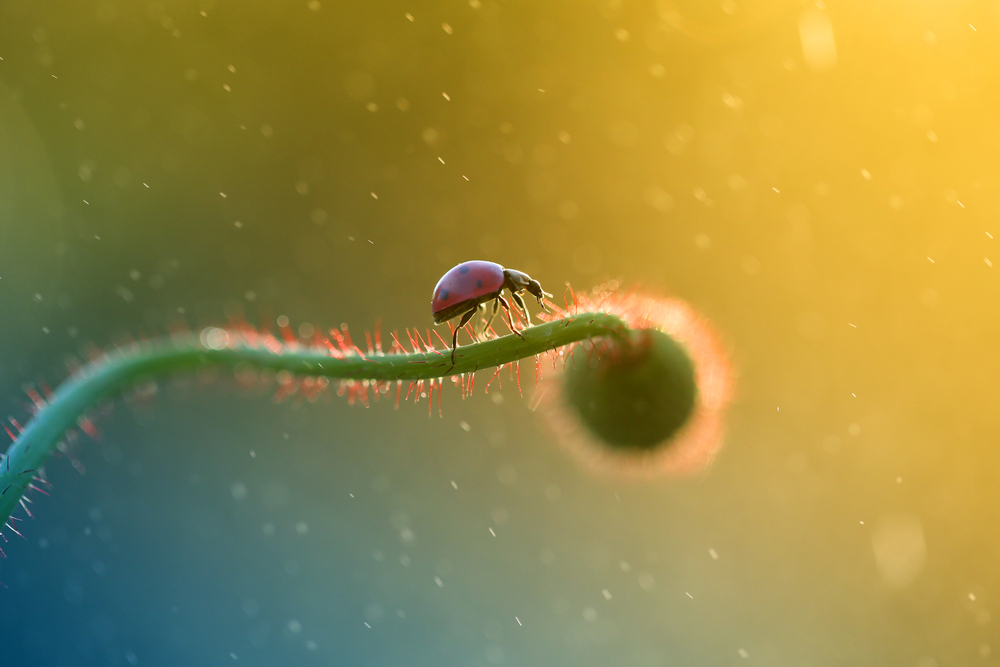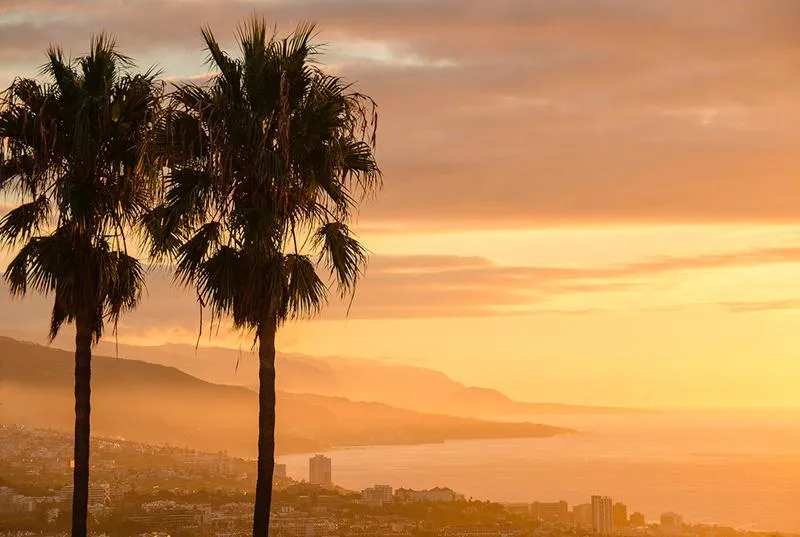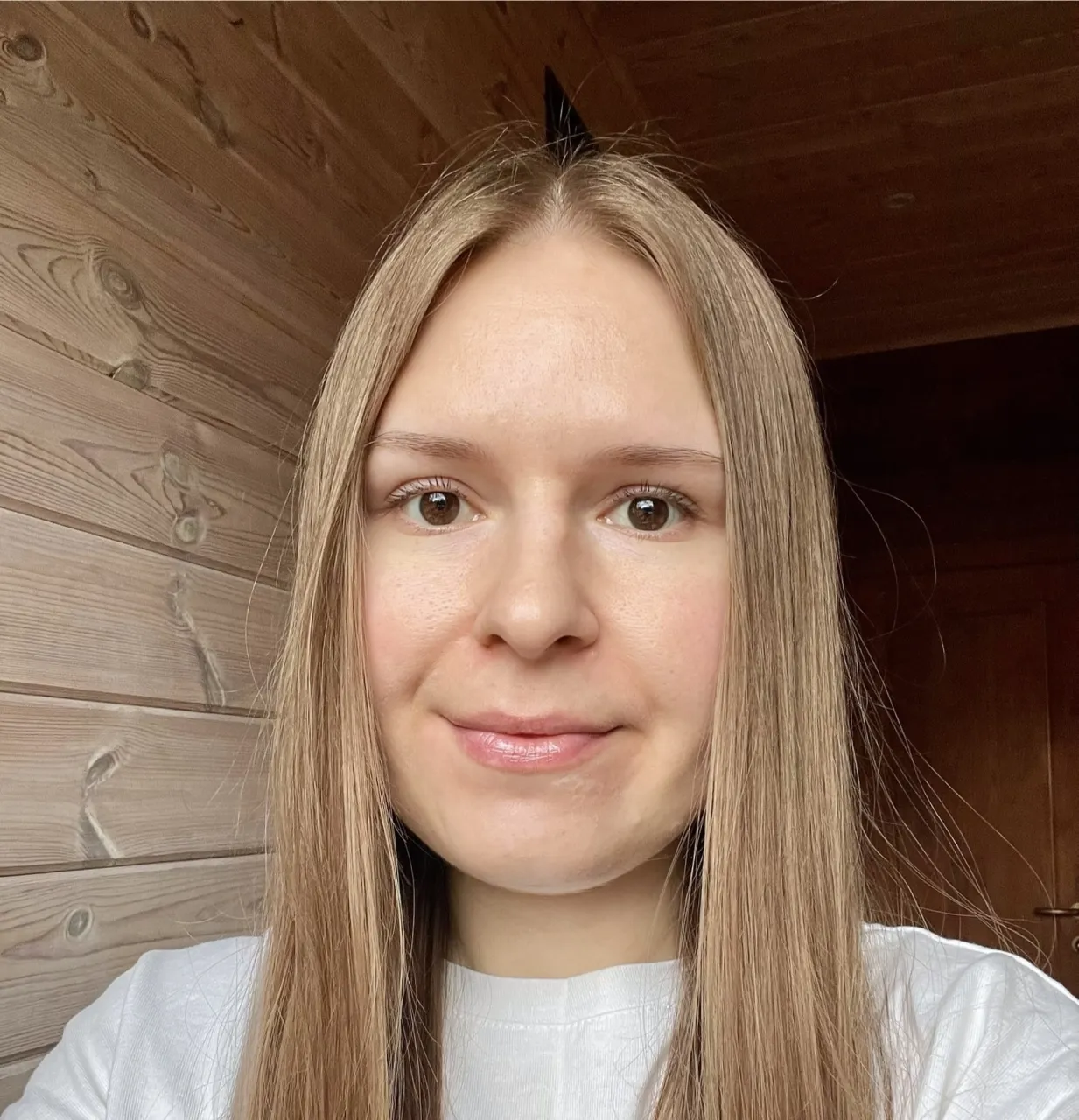What Is Golden Hour: The Best Time for Photographs (and Magic)
Photography is an art form defined by light, and understanding how to use that light to your advantage is the key to capturing striking images. Among the various times of day, there’s one period that photographers admire the most: the golden hour.
But what makes the golden hour so magical? Let’s figure out the whats and whys of this powerful weapon.
Find the perfect golden hour shot for your creative project among millions of high-quality images in the Depositphotos library.
What is the golden hour
The golden hour is a brief window of time that occurs just after sunrise and just before sunset, and is considered to be the best time for photography.
Morning golden hour time: The exact duration varies depending on your geographic location and the time of year, but the rule is: it’s the first hour after sunrise. If you’re in Europe, it can be approximately at 5 am. For the US it could be at around 7 am.
Evening golden hour time: The last hour before sunset. In Europe, this may be around 7 pm, while in the US it’s closer to 8 pm.
Understanding the science behind the golden hour helps with appreciating it fully. The golden hour occurs when the sun is low on the horizon, creating a soft, diffused light that spreads evenly across a landscape. Shadows are longer and softer compared to the harsh, direct light of midday.
During the golden hour, sunlight has to pass through more of the Earth’s atmosphere, which scatters blue and violet wavelengths, leaving behind warmer red, yellow, and orange hues. This scattering effect, known as Rayleigh scattering, is responsible for the warm, golden tones that define this time of day.
The aesthetics of golden hour photography
The golden hour holds a special place in the hearts of photographers because of its unique aesthetic qualities. The warm, golden light bathes subjects in a natural glow that can make even the dullest scenes look outstanding. This light is particularly flattering for portrait photography, as it enhances skin tones and makes the subject look healthy.
The long shadows created during the golden hour add depth and dimension to photographs. This is especially valuable in landscape photography, where the interplay of light and shadow can turn a flat scene into a dynamic composition. The soft light also highlights textures and details, like the rough bark of a tree, the gentle waves of the ocean, or city patterns.
The psychology behind the golden hour
While the golden hour helps us create beautiful photographs, it also evokes powerful emotions. There’s something inherently magical about this time of day that resonates with people on a deep level. Warm light, a calm atmosphere, and the gradual transition from day to night (or night to day) can evoke feelings of nostalgia, tranquility, and wonder.
Golden hour photography often feels more intimate and personal. Such photos capture a rare moment, a flying feeling, therefore building a strong emotional connection. This is why golden hour photography is so popular in storytelling, whether in wedding photography, travel photography, or commercial and advertising campaigns.
How to make the most of the golden hour
To truly make the most of the golden hour, preparation is key. Here are some tips to help you get ready:
Scout your location
Visit your shooting location to scout out the best angles and compositions before the actual shoot begins. Knowing where the sun will be and how it will interact with your subject can help you make the most of the limited time when it comes.
Plan ahead
Since the golden hour is brief, planning your shots in advance is important. Note down or at least think over the details to have a clear idea of what you want to capture. Where should your subject be? What’s the perfect camera angle? Having a plan always helps you move quickly from one shot to the next.
Be flexible
While planning is important, it’s also crucial to be flexible. The golden hour can surprise you with unexpected opportunities, whether it’s a sudden burst of color in the sky or a perfect moment of light on your subject. Be ready to quickly adapt and take advantage of these opportunities.
Use a tripod
As light fades, you may need to use slower shutter speeds to capture enough. A tripod will help keep your camera steady, ensuring sharp images even as the light dims.
Shoot in RAW
RAW format gives you more flexibility in post-production. It allows you to capture more detail in the highlights and shadows, which can be particularly useful if the light changes quickly.
If you’re looking for easy post-processing tools, check out our Background Remover and Upscaler allow you to experiment with shots even after they’ve been taken.
Hunt golden reflections
If you’re near water, the golden hour can create stunning reflections that add depth and symmetry to your images. The warm light can turn even a simple reflection into a work of art.
Try backlighting
Positioning your subject with the sun behind them creates a halo effect, where the light wraps around the edges of your subject. This technique is especially beautiful for portrait photography, adding a dreamy mood to your images.
The timeless magic of the golden hour
In the world of photography, light is everything. The golden hour is a gift from nature to creators worldwide, when everything aligns to create the perfect conditions for capturing stunning images. It transforms an ordinary image into the extraordinary. Whatever it is you want to shoot—a landscape, a portrait, or a city view—the golden hour offers a unique blend of warm light that enhances colors, textures, and emotions.
The fleeting nature of the golden hour makes it even more special, a reminder that the most beautiful moments in life are often the ones that pass by the quickest.
More insights on photography
Portrait vs Landscape Photography: Why Orientation Matters
Smoke Bomb Photography Guide with Ideas & Tips
Composite Photography: Tips and Inspiration for Capturing the World Creatively













